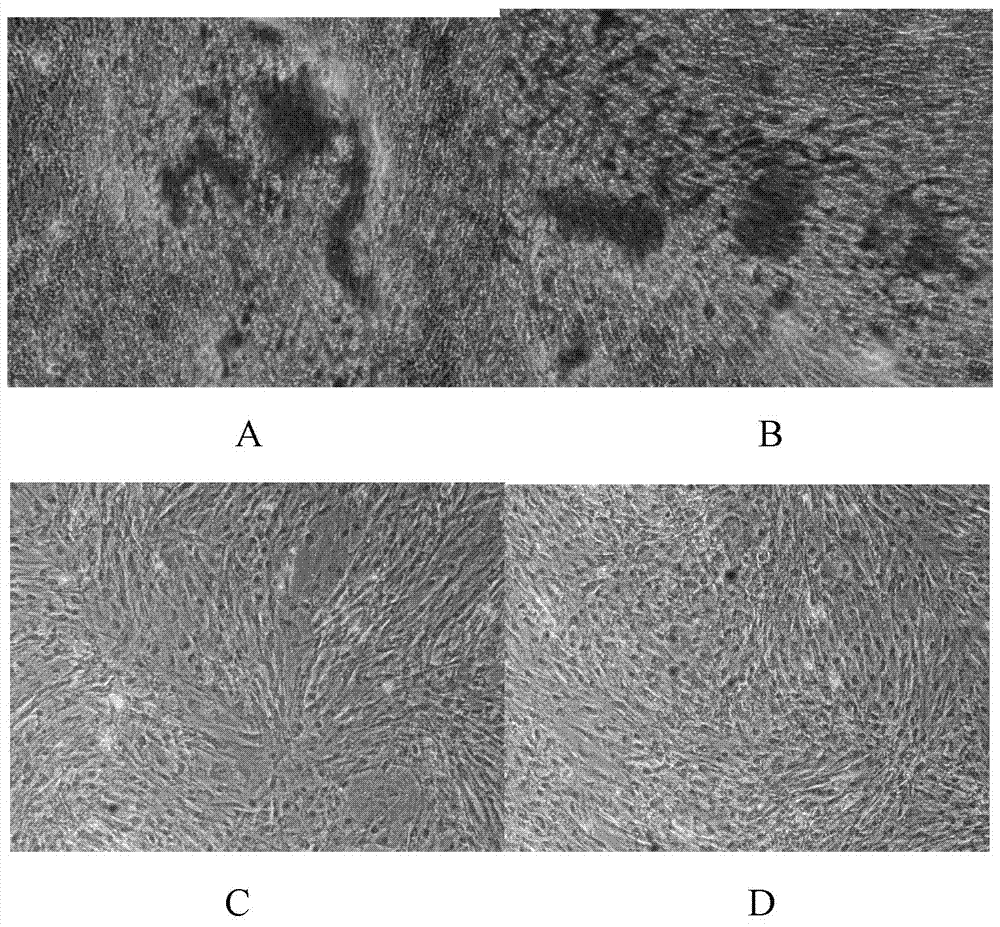Method for analyzing different miRNAs (micro-ribonucleic acids) expression profiles of dental pulp stem cells and stem cells from apical papilla by next-generation sequencing technique
A next-generation sequencing technology and technology of dental pulp stem cells, applied in the field of analyzing the expression profiles of differential miRNAs in two kinds of stem cells, can solve problems such as the inability to efficiently maintain stem cell stemness and regulate the differentiation process
- Summary
- Abstract
- Description
- Claims
- Application Information
AI Technical Summary
Problems solved by technology
Method used
Image
Examples
Embodiment 1
[0025] The method for analyzing the expression profiles of miRNAs differentially between dental pulp stem cells and apical papilla stem cells using next-generation sequencing technology, the steps are as follows:
[0026] (1) Cultivate dental pulp stem cells and apical papilla stem cells: select clinically healthy third molars aged 17-20, remove the pulp or apical papilla tissue under aseptic conditions, cut the tissue into pieces, and use type I Collagenase and dispase were digested at 37°C for 30 minutes, then centrifuged and resuspended, and the resuspension was filtered with a cell sieve to obtain a single cell suspension;
[0027] (2) Sorting of dental pulp stem cells and apical papilla stem cells: the single cell suspension obtained in step (1) was digested with trypsin to collect the cells in the logarithmic growth phase, and STRO-1 was used according to the antibody instructions. - PE labeled cells, collected STRO-1 positive cells by immunomagnetic bead sorting, the co...
PUM
 Login to View More
Login to View More Abstract
Description
Claims
Application Information
 Login to View More
Login to View More - R&D
- Intellectual Property
- Life Sciences
- Materials
- Tech Scout
- Unparalleled Data Quality
- Higher Quality Content
- 60% Fewer Hallucinations
Browse by: Latest US Patents, China's latest patents, Technical Efficacy Thesaurus, Application Domain, Technology Topic, Popular Technical Reports.
© 2025 PatSnap. All rights reserved.Legal|Privacy policy|Modern Slavery Act Transparency Statement|Sitemap|About US| Contact US: help@patsnap.com


